The phrase “where the rubber meets the road” is especially apt when it comes to discussions about the Internet of Things. The obvious interpretation is that dissimilar things are being put together in a mutually dependent fashion. When I hear the phrase I always think of the things that can go wrong, such a tire sliding instead of … Read More
Author: Tom Simon
Timing Closure Techniques for SOCs with Embedded FPGA Fabric
Once the benefits of using an embedded FPGA fabric are understood, the next question is about how timing closure is handled between the ASIC and the eFPGA blocks. First let’s look briefly at the advantages. By moving the eFPGA on to the SOC die, tons of I/O logic and the need for any package and board interconnect will vanish. Package… Read More
Netspeed and NSITEXE talk about automotive design trends at 55DAC
DAC is where both sides of the design equation come together for discussion and learning. This is what makes attending DAC discussion panels so interesting; you are going to hear from providers of tools, methodologies and IP as well as those who need to use them to deliver working solutions. There are few places where the interplay… Read More
Machine Learning Meets Scan Diagnosis for Improved Yield Analysis
Naturally, chips that fail test are a curse, however with the advent of Scan Logic Diagnosis these failures can become a blessing in disguise. Through this technique information gleaned from multiple tester runs can help pin down the locations of defects. Initially tools that did Scan Logic Diagnosis relied on the netlist to filter… Read More
Automotive is setting the goalposts for next generation designs
Automotive applications are having a tremendous influence on semiconductor design. This influence is coming from innovations in cloud computing, artificial intelligence, communications, sensors that all serve the requirements of the automotive market. It should come as no surprise that ADAS and autonomous driving are … Read More
Know what 5G is? You’re probably wrong
If you think the transition to 5G will be anything like the transitions before it to 3G or 4G, you are in for a big surprise. Not only will the transition take longer than either of the previous transitions, its ramifications will spread far beyond cell phones and into other areas such as automobiles, AI, healthcare, and commerce. … Read More
Leveraging AI to help build AI SOCs
When I first started working in the semiconductor industry back in 1982, I realized that there was a race going on between the complexity of the system being designed and the capabilities of the technology in the tools and systems used to design them. The technology used to design the next generation of hardware was always lagging… Read More
Billion Transistor Designs Need Faster Full Chip Tools
During the design cycle as tape out approaches, time pressure usually goes up dramatically. To make matters worse the design itself is much larger, because all the block level work is done and there is a requirement to work with the entire database. It feels like it’s time to put aside the garden trowel and start using a steam shovel.… Read More
Being Intelligent about AI ASICs
The progression from CPU to GPU, FPGA and then ASIC affords an increase in throughput and performance, but comes at the price of decreasing flexibility and generality. Like most new areas of endeavor in computing, artificial intelligence (AI) began with implementations based on CPU’s and software. And, as have so many other applications,… Read More
ISO 26262 First – ASIL-D Ready Vision Processor IP Available
Synopsys made a pretty major announcement regarding their new ASIL-B,C and D ready embedded vision processor IP. This matters because you cannot bolt on the design elements and features needed to achieve these ASIL levels later, and this IP is absolutely necessary for ADAS systems and other critical safety systems in automobiles.… Read More





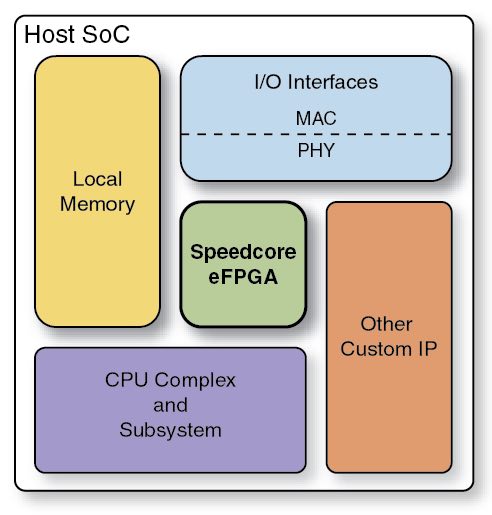

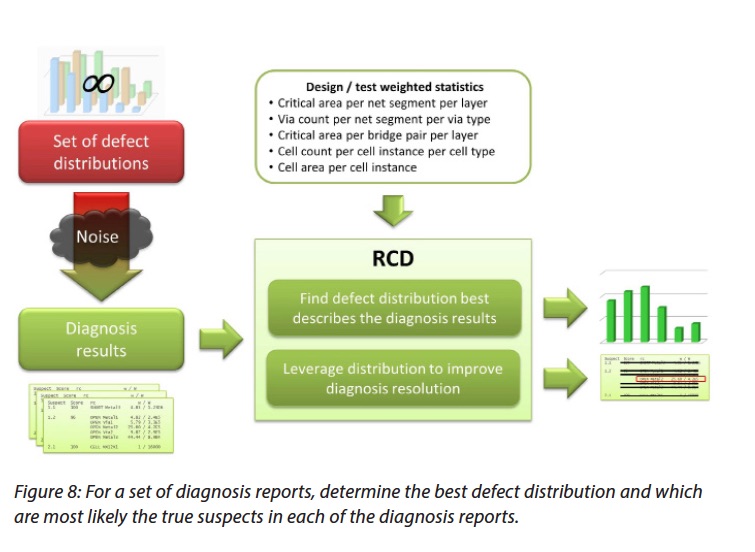

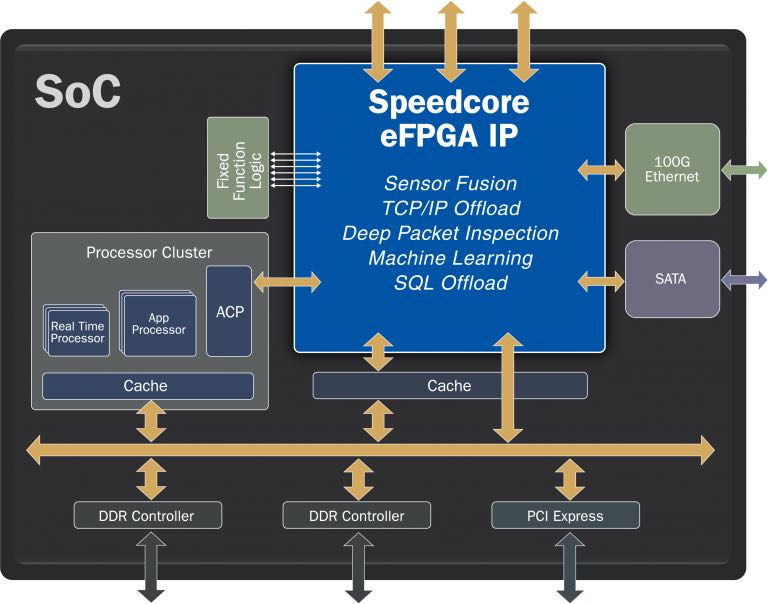
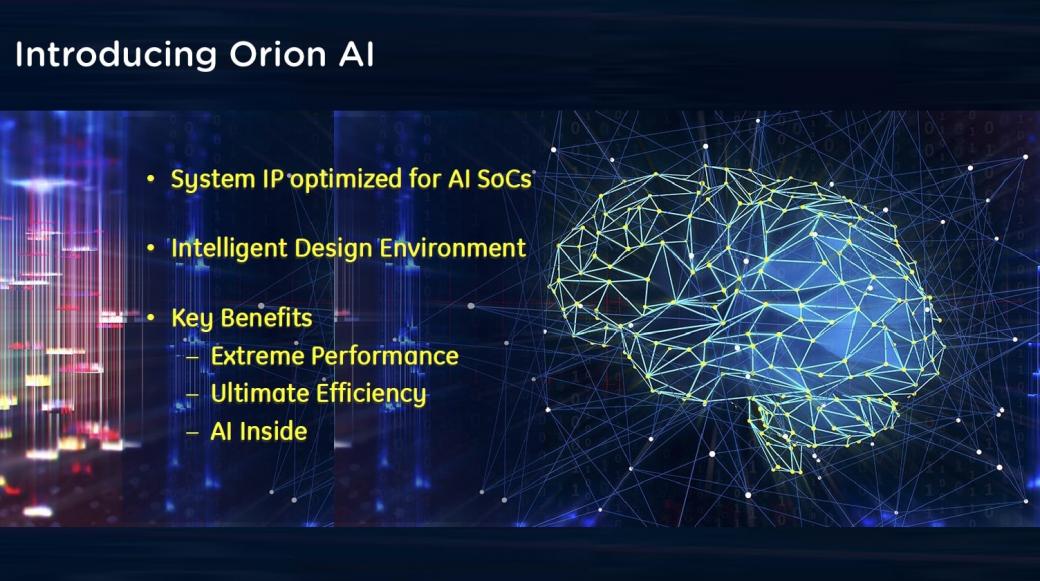
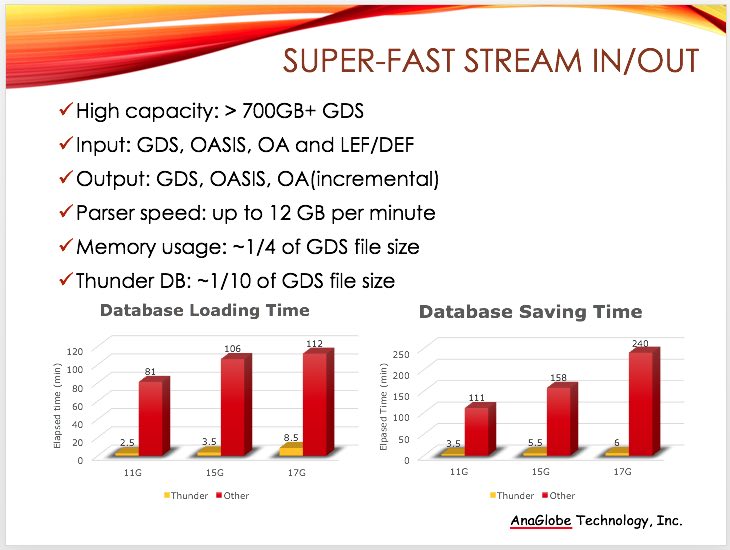
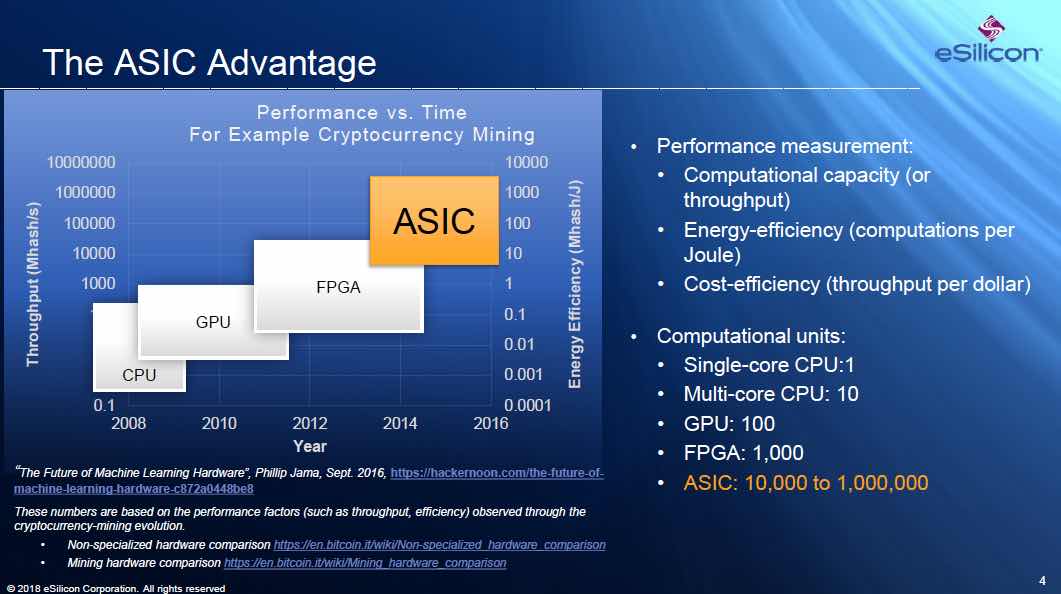
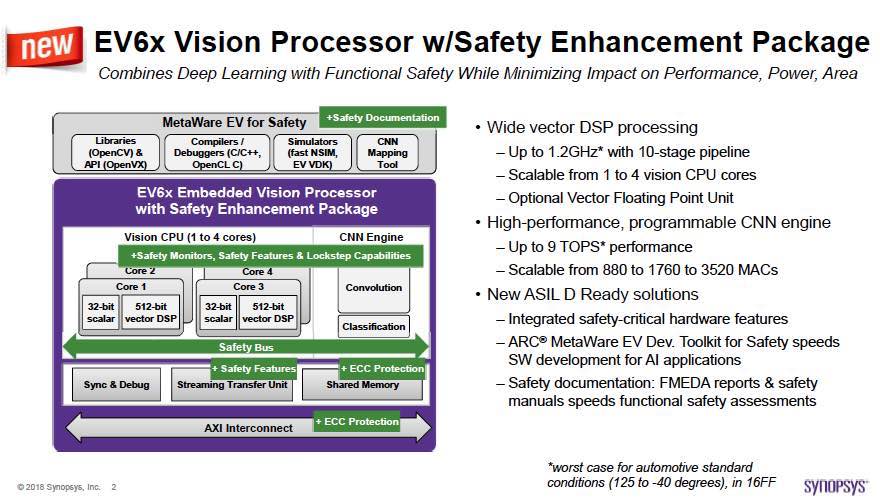


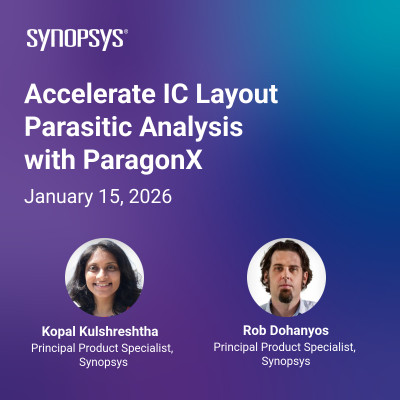




Quantum Computing Technologies and Challenges